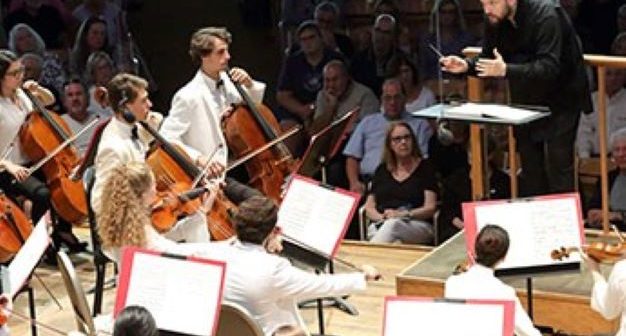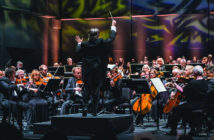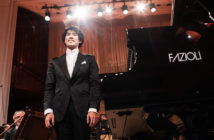LENOX, Mass. – The project had potential: Summon a name-brand cast, engage a major conductor, try not to draw attention to the fact that the orchestra was made of students in their mid-20s. Then present the three acts of Die Walküre – the most salable instalment of Wagner’s Ring – as separate concerts over two days, taking care to fortify the experience with talks, public interviews, a film and bag lunches on the magical campus of Tanglewood, the most famous of all North American summer destinations.
Perhaps it was an idea, in the truest Wagnerian spirit, for the future. The people cheered each of the presentations – Act 1 on the night of July 27; Act 2 and Act 3, bundled as one admission, the following afternoon and evening – but they did so on Saturday from what appeared to be about half the 5,100 seats under the canopy of the famous Tanglewood Shed.
“We knew this would be the softest weekend of the eight,” Mark Volpe, president of the Boston Symphony Orchestra, told a group of music critics at a meeting Sunday morning. He was referring to the summer weekends of classical music in this great space. “It’s still the right thing to do.”
Possibly the lack of Wagnerian culture in relatively nonoperatic Boston, the city that provides Tanglewood with so many paying customers, had something to do with the showing. Nevertheless, this was an honourable inaugural outing by the Tanglewood Learning Institute, an organization-within-the-organization dedicated to building audiences not so much among young know-nothings as listeners of middle age who might already have an interest in music.
For the firmly dedicated Wagnerian, the performances were certainly enough of a draw, even if the Tanglewood Music Center Orchestra betrayed occasional signs of stiffness. Boston Symphony Orchestra music director Andris Nelsons, seated prominently on a high stool near the apron of the stage, favoured a crisp rather than a linear approach to the score. Act 2, the longest, talkiest and least popular, seemed to gain the most from the conductor’s dramatic approach. The Ride of the Valkyries at the start of Act 3 was great fun, with the formidable horsewomen lined up in a row and singing their hearts out.
Christine Goerke was strong and sympathetic as Brünnhilde, the Valkyrie who counts. If she proved physically less than indefatigable, this was evidence of her humanity. Amber Wagner, her fellow American. took a minute or two to focus her majestic soprano, but when she did, the riches were without end.
It was interesting to hear the veteran Wagnerian Jane Eaglen in a TLI interview (at the newly-minted Linde Center for Music and Learning) describe Siegmund as “a baritone role with a high A.” No one would identify the bright, edgy voice of Simon O’Neill as anything but a tenor. Nor would anyone deny his acting skills.
British bass-baritone James Rutherford was a Wotan of medium strength. The American mezzo-soprano Stephanie Blythe, his no-nonsense spouse Fricka, was a powerhouse by comparison. Look out for those low notes. The German bass Franz-Josef Selig was not only in authoritative voice as Hunding, he seemed unusually intelligent. Not many Hundings wear spectacles.
The weekend gave many young musicians a memorable experience and reminded Wagnerians – who needed no reminder – of the force and originality of the music. A staging coordinator was credited in the program but there was no mise-en-scène to speak of. Whether the crack of thunder heard just before the opening of Act 3 could be counted as drama or distraction is a matter of opinion.
At any rate, the singing was at a high Tanglewood level. And this assured success. For information on Tanglewood programming go to www.bso.org.















